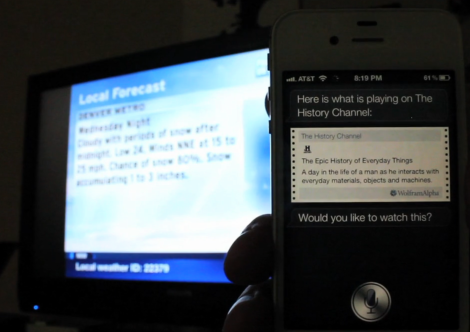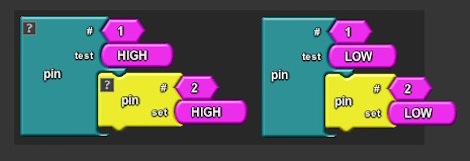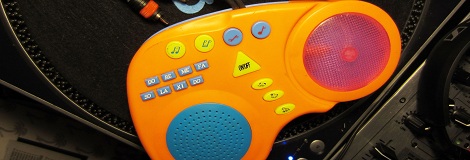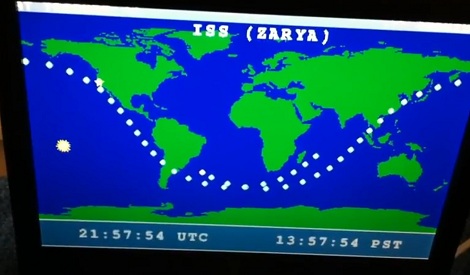
The guys at BuildLounge wrote us to share a giant LED sign they came across in the submission pile for their “Win a Laser Cutter” contest that’s currently under way. [Stephen Shaffer] helps run a huge party called Fantastic Planet, for which the group typically outsources the lighting arrangements. They got tired of hiring light guys several times a year and built their own mega display for the festivities instead.
The LED sign consists of 1,474 LEDs that output well over 10,000 lumens. The sign was produced for just about $800, which is very reasonable for a display of its size. The whole thing is controlled by a pair of Arduinos paired with 34 MIC5891 shift registers, all mounted on custom designed PCBs that the group produced in-house.
The display looks great, but don’t take our word for it – check out the video below to see it in action.
If you are interested in taking a closer look at how it was built, swing by the build thread to see more details.
Continue reading “Custom Massive LED Panel Lights Up The Party”




















